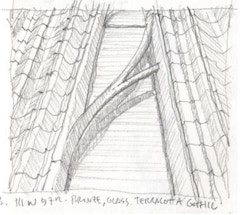Integrated Building Control System
Integrated management of commercial lighting, heating, ventilation and air conditioning systems is considered as one of the most promising building
Integrated management of commercial lighting, heating, ventilation and air conditioning systems is considered as one of the most promising building

Welcome to this edition of the SKINS newsletter, which is all about carbon! As guest editor this month, I am representing FTI’s embodied carbon (EC) working group. This issue highlights several important topics relative to embodied and the trade-offs with operational carbon.

Today’s environmental challenges highlight the necessity of a holistic approach to façade design and construction, key to achieve the ambitious 2030



Resiliency is the capacity of a building (or building component in the case of the facade) to support building functionalities during extreme events

Facades are increasingly being recognized as a major contributor to whole-building embodied carbon. While designers know how to reduce the embodied



Facades play a relevant role in the search for a more sustainable approach to modern architecture. The amount of embodied and operational energy can

The conventional modern facade is essentially flat, which creates the tendency toward visual monotony and problems for modulating daylight—both on

In 1888 the art historian Heinrich Wölfflin proposed the notion that the primary characteristic of baroque architecture is the illusion of movement.
Glazed wall systems, such as curtain walls and window walls, are one of the most commonly used façade systems in modern buildings in North America.

Double-Skin Facades (DSF) are well-known to boost the thermal performance of a façade: they can provide extra insulation in the wintertime and lower